Starting tomorrow, Toilet Manifesto: Typological Investigations In Public Sanitation, a public exhibition by the studio, will take a holistic view of sanitation in India
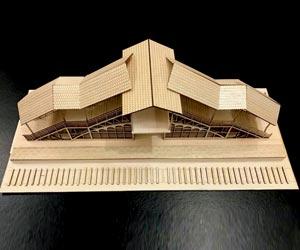
Barring chocolates and souvenirs, something that most Indians return with from a trip abroad is a sense of amazement - at how they keep their toilets so clean. And the natural corollary - why we can't do the same. "What is fundamentally wrong with our toilets is the way we think about them. We look at them as something dirty and treat them like garbage dumps. There is a social stigma attached to them, which then affects their upkeep," says Mayuri Sisodia, who co-founded Mad(e) in Mumbai, a design studio involved with architecture, interiors and landscapes, with fellow architect and urbanist Kalpit Ashar.

Kalpit Ashar and Mayuri Sisodia
ADVERTISEMENT
Selected as one of the Top 20 Social Innovators for 2016 by the Ministry of External Affair and Niti Aayog, the studio has worked extensively in the fields of high-density housing, redevelopment schemes, heritage conservation and community design. Starting tomorrow, Toilet Manifesto: Typological Investigations In Public Sanitation, a public exhibition by the studio, will take a holistic view of sanitation in India, featuring 10 re-imagined models of public toilets in rural and urban set-ups, 30 alternative sanitation technologies, four full-scale prototypes and an array of pragmatic suggestions for future projects.
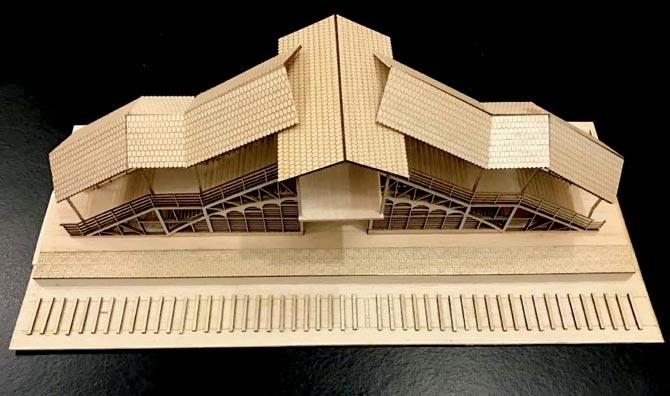
The railway model uses the space below platform staircases for toilets
"We had first participated in a competition organised by the MCGM called Slum Sanitation Scheme. The NGO Pratha commissioned us to build five model toilets along the Eastern Express Highway, under the Swachh Bharat Abhiyan. Working on these and a few other assignments, we realised that instead of doing piecemeal projects, we needed to set up a larger [reference] system of how toilets should be designed," elaborates Sisodia, pointing out that one of the key problems with public sanitation is that you see prototypical clones everywhere with no investigation into how toilets can be truly made public. "In a city like Mumbai, where we spend so much time outside our homes, why not think of toilets as refresher rooms? What if you could use a public toilet to wash your face, or even change?" she elaborates.
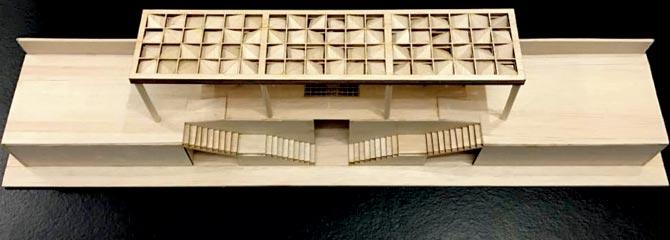
The pavement model recommends toilets a level beneath the road surface
Another problem area, according to Sisodia, is the lack of integration of toilets with communities where they are located. "This is particularly true for slum communities that are heavily dependent on public toilets for everyday needs. But most toilets are stamped across informal settlements in a haphazard manner. How about consulting the families whom the facility will serve? The idea is to not just build a toilet, but develop it as a community space," she says, giving an example of one of their slum projects, where above the toilet is an amphitheatre where children can play, community members can organise cultural activities, and women can gather to conduct cottage industry activities. "If the toilet is built around people's daily lives and routines, it will be viewed as an asset. They will have a sense of ownership and will maintain it well, too," she adds.
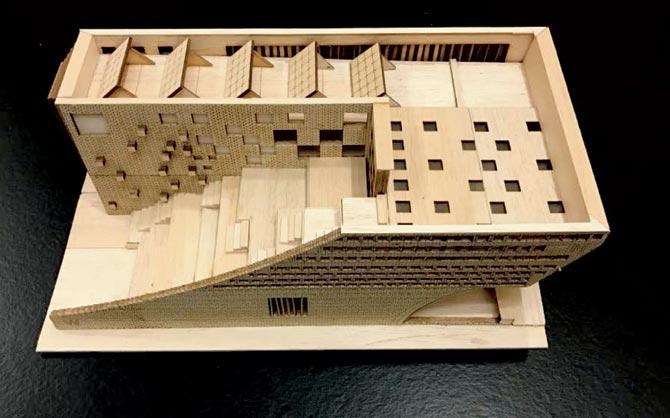
The slum model involves an amphitheatre like set-up with toilets at the basement
Among the 10 re-imagined models is the railway model, which utilises the space below staircases on platforms for toilets. The model, with equal allocation for men and women, serves three purposes: increasing the number of toilets to serve the sea of humanity that alights from trains every few minutes; substituting scattered cubicles, which obstruct movement; and providing structural support to the stairs. The pavement model is inspired by public facilities in London, where flights of stairs seamlessly descend to a level below, leading to toilets.
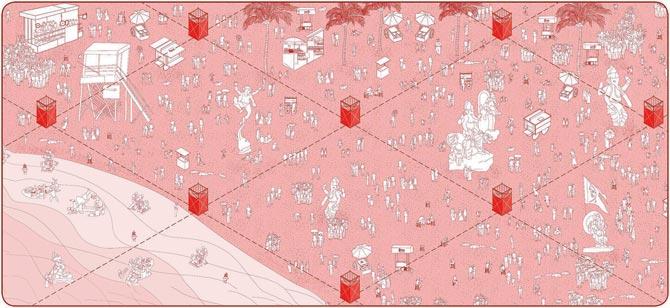
The studio's vision for portable toilets during Ganesh Visarjan
How does the studio plan to take on the problem of maintenance, which often threatens to mar the best intentions? "Apart from community participation, self-cleaning and mass-flushing technologies can go a long way in the upkeep," answers Sisodia. "With budgets, policies and bureaucracy in place, we now need to look beyond numbers as targets and think about what kind of infrastructure we are building," says Sisodia. "We imagine all our infrastructure as engineering systems, but the public engages with it on a much broader, social level. People inhabit public spaces."
From : November 30 (11 am) to December 8, 10 am to 8 pm
At : Nehru Science Centre, Worli.
Entry : Rs.20
Also view - BMC demolishes part of Anil Kapoor's office, here are other stars who've faced BMC's wrath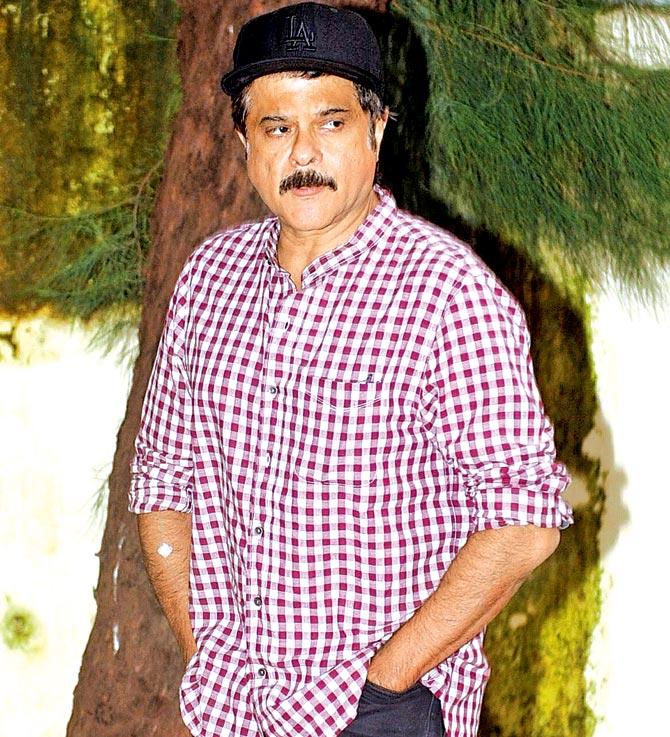
 Subscribe today by clicking the link and stay updated with the latest news!" Click here!
Subscribe today by clicking the link and stay updated with the latest news!" Click here!







